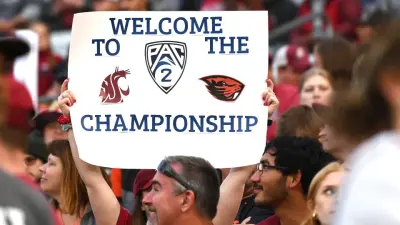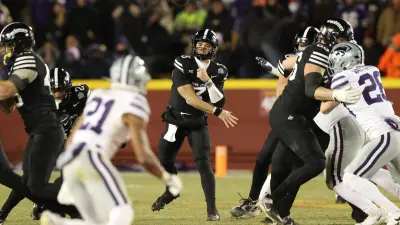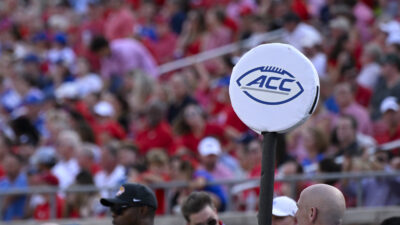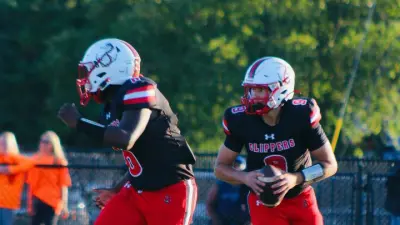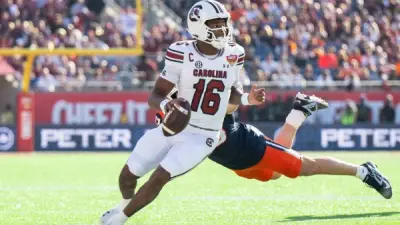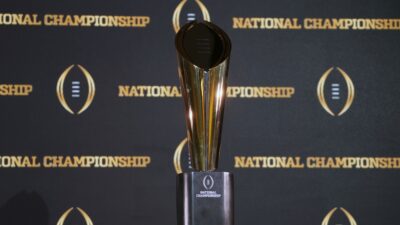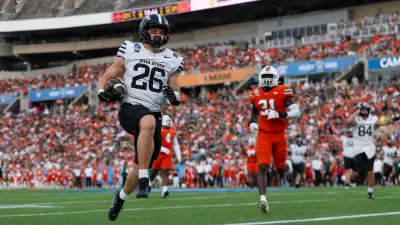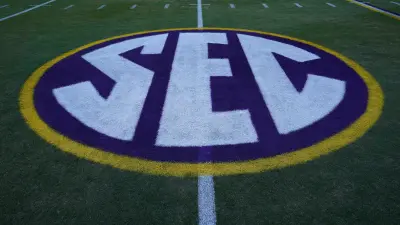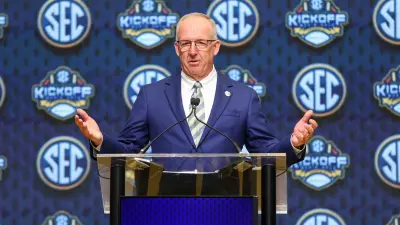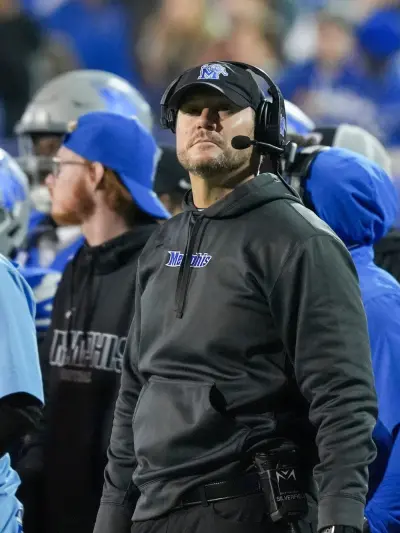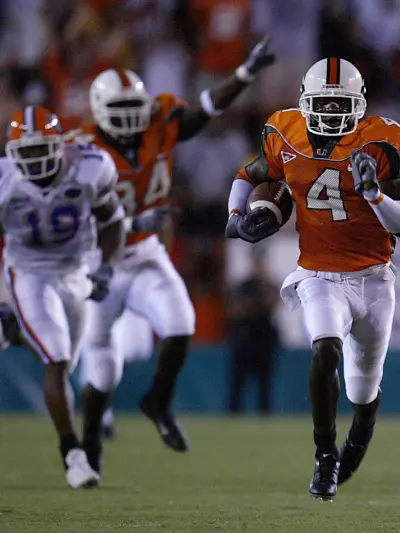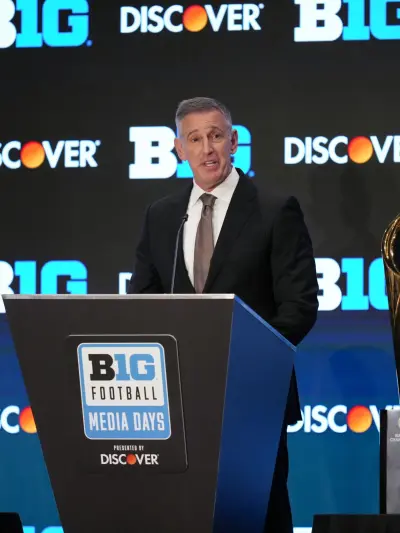When Stanford and Cal were able to join the ACC, the situation for Oregon State and Washington State went from a dire state to a “direst” state that a presaging disaster would fall on Corvallis and Pullman if they couldn’t secure control of the Pac-12’s board. Last week, the Washington State Supreme Court denied the University of Washington’s motion for discretionary review on behalf of the 10 departing schools over the control of the Pac-12’s board.
In the Order issued by the Washington Supreme Court: “ORDERED: That both motions for discretionary review are denied. Because the motions for discretionary review are denied, it is not necessary to consider whether to retain or transfer the motions pursuant to RAP 4.2. The stay previously imposed by the Commissioner is hereby lifted.”
The news was welcomed by Oregon State President Jayathi Murthy and Washington State President Kirk Schulz, “We are pleased with the Washington Supreme Court’s decision today,” they said. “We look forward to continuing our work of charting a path forward for the conference that is in the best interest of student-athletes and our wider university communities.”
The Order gives Oregon State and Washington State complete control of the Pac-12 and thwarts the remaining 10 schools’ ability to dissolve the conference and split the assets among the 12 schools.
When you take into account that most of the Pac-12 schools leaving took nearly 30 cents on the dollar than their new conference rivals get, most were expecting the windfall from the Pac-12 breakup to help mitigate the revenue gaps they were to endure. It also did not help that Oregon State and Washington State blocked the 15% of conference revenue last week.
In a joint statement, the 10 schools said of the move by OSU and WSU, “A decision to distribute 15% of the more than $400 million in net revenues to the members now to support student-athletes, as the Conference has always done in December, has nothing to do with the future of the Conference instead, OSU and WSU’s refusal to agree to it shows that the two schools are abusing their position to injure our programs and athletes in violation of all prior precedents.
“The unanimous support that all of our schools gave for the Mountain West agreement demonstrates that OSU and WSU can successfully plan for their future while all members continue to have a say in Pac-12 decisions impacting the current athletics year. The hundreds of millions of dollars that the Conference will receive from existing contracts during the two years after the other schools depart will support plans with the Mountain West and any future plans of the Conference.”
More Sports News
The 10 schools will eventually get their cut of the revenue for this fiscal year, but until then, those schools will have to combat the annual revenue gaps on an individual basis. For Washington State and Oregon State, the future is unknown, and I will try to explore the possibilities for the Pac-2:
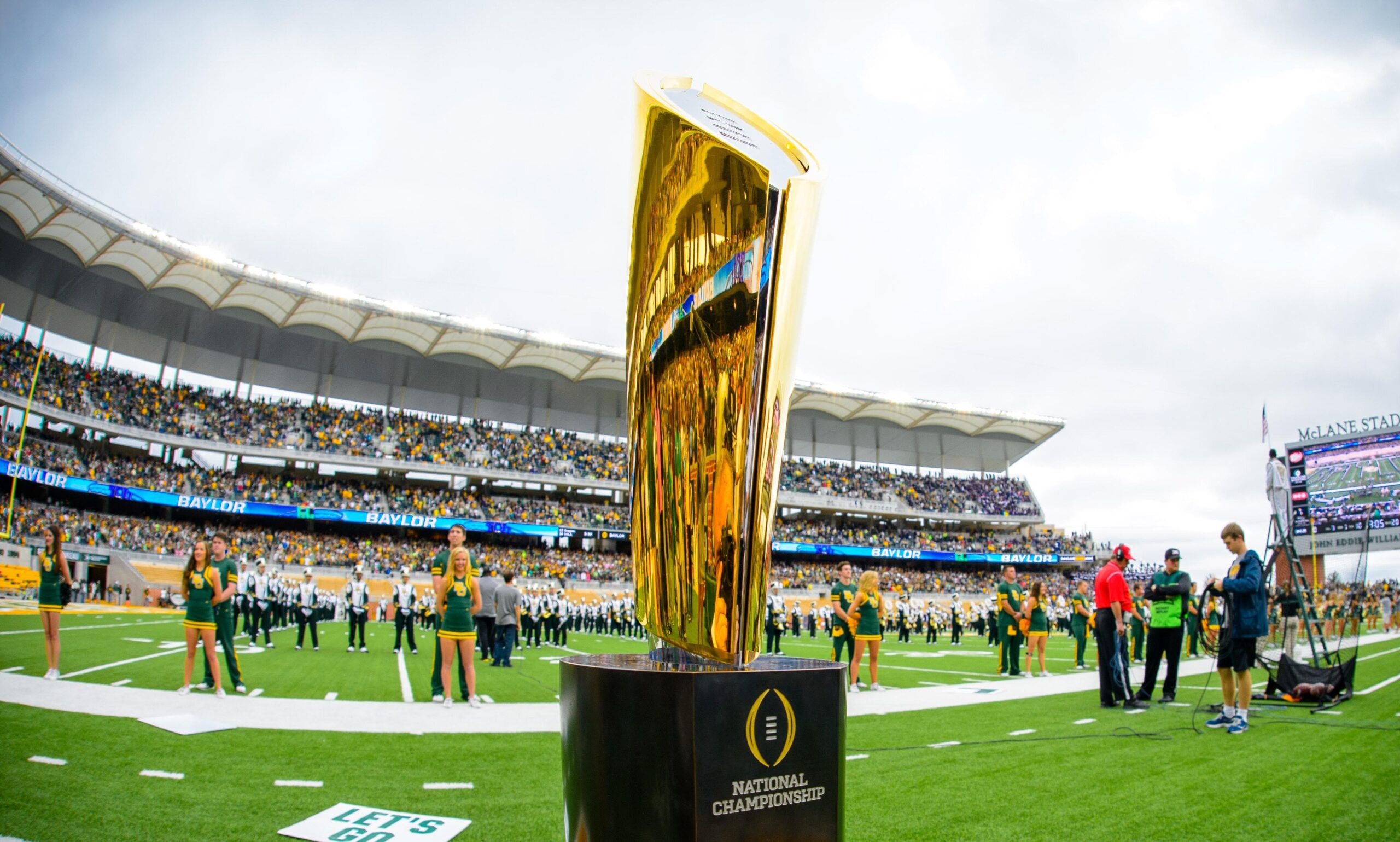
#1 Access To The College Football Playoff
As lawmakers in the states of Florida and Georgia ponder why their schools were omitted from the College Football Playoff, Washington State and Oregon State are trying to ensure they have access to the College Football Playoff. Part of the reason why Jonathan Smith bolted his alma mater for Michigan State was because of this uncertain future.
The Pac-2 will not receive an automatic bid to the expanded 12-team playoff, and it will heavily lean on its out-of-conference schedule to build a case if either team is in a position to make the CFP.
It helps that both the Civil War and Apple Cup are being played for the foreseeable future, but getting stronger out of conference opposition outside of the Mountain West slate and these rivalry games will be important for either to be considered a Playoff team.
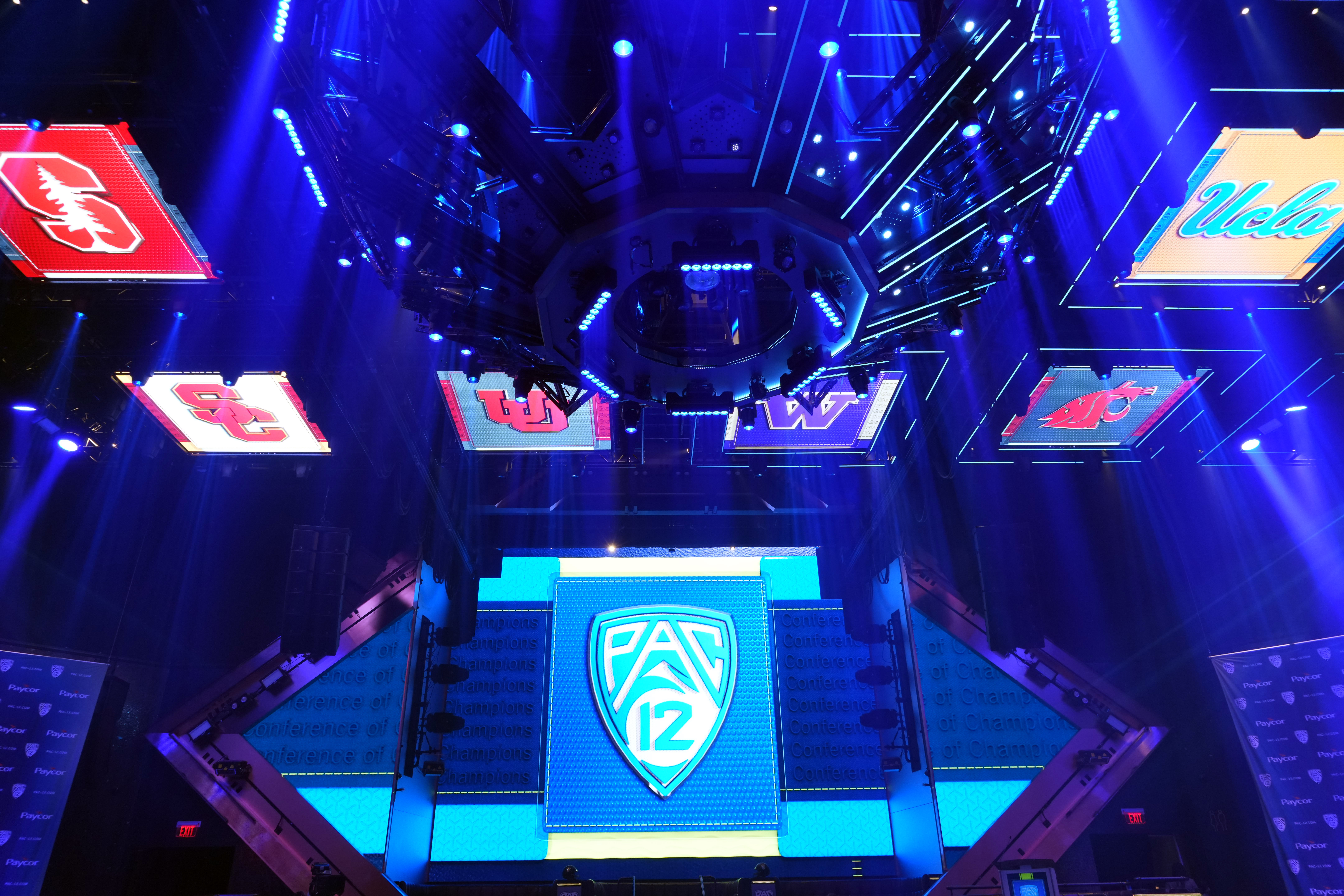
#2 Will the Mountain West become the Pac-12?
One thing is for certain – both Oregon State and Washington State will fully leverage the two-year buffer for a conference to get to eight teams.
With the scheduling partnership announced on December 1, Mountain West commissioner Gloria Nevarez said in a statement, “This is a unique and unprecedented opportunity for Oregon State and Washington State to play against highly competitive Mountain West football programs in 2024. The scheduling agreement will expand the Mountain West footprint and enhance our national brand while providing our student-athletes with new opportunities, all in line with our strategic priorities. The scheduling agreement strengthens the league’s non-conference schedules, and we look forward to having Oregon State and Washington State be a part of the 2024 slate.”
It has even been mentioned this agreement could carry over to 2025. When you begin to look at 2026, when the Pac-2 has to meet the eight-team minimum, the targets that spring first in my mind are all Mountain West teams.
Teams like Fresno State, San Diego State, Boise State, and Wyoming jump to mind first. This wouldn’t be the first time in collegiate athletics something like this happened, look at how The American and Big East split for one another. I don’t foresee the Big Ten and SEC, or dare I say FOX or ESPN, really anteing up for Washington State or Oregon State in the foreseeable future. The relationship would be mutually amicable for both sides.
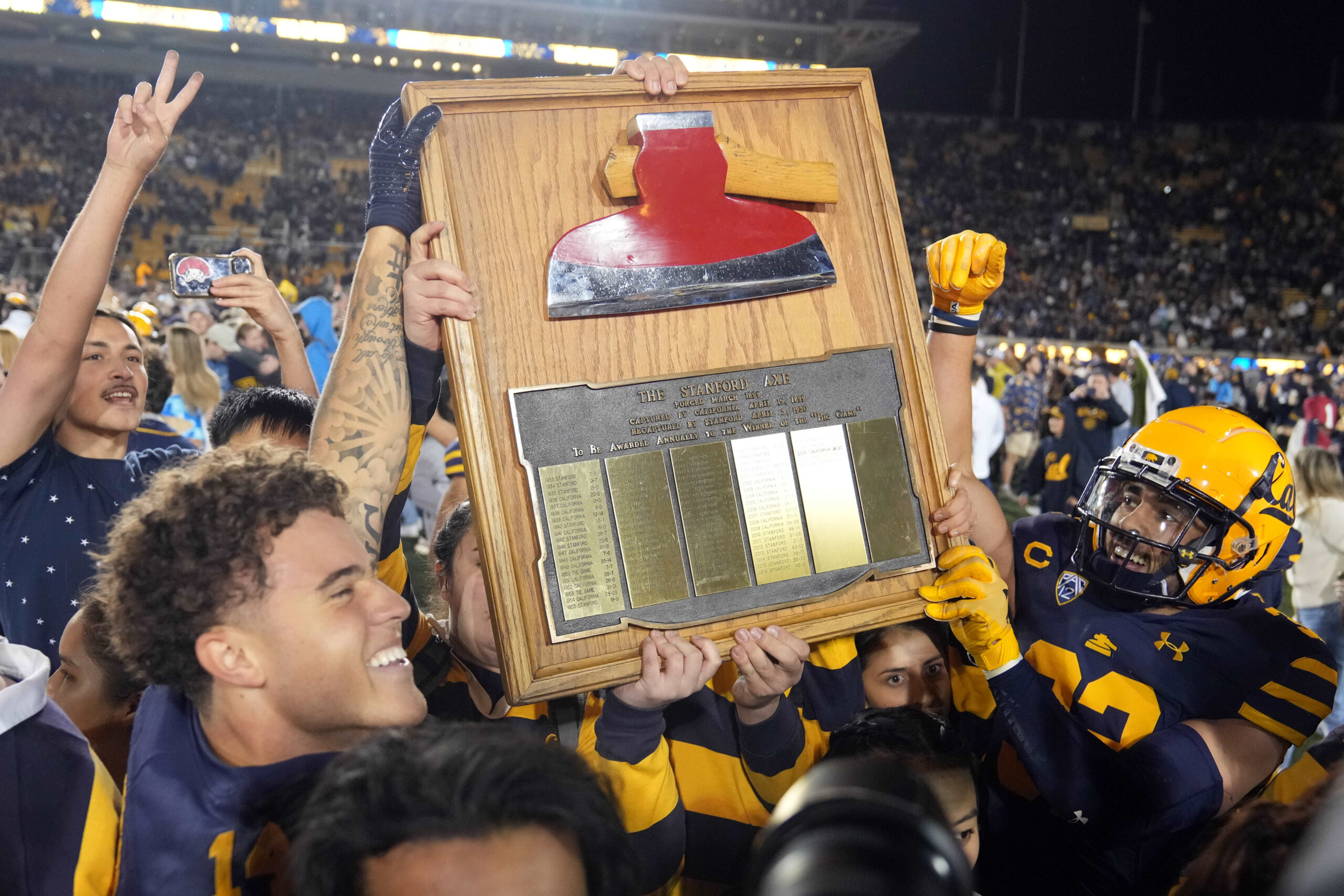
#3 Could Stanford and Cal return?
If last winter, I told you Stanford and Cal would be in the ACC, I am willing to bet my social media feed would be filled with clown emojis or simply ignored because many would have thought I lost my mind.
I firmly believe Florida State, who spent all summer posturing about wanting to leave, will eventually leave the ACC. I don’t feel this is a 2024 move, but before the end of the decade, it might not be a stretch.
While the additions of Stanford, SMU, and Cal helped bake into ACC’s bylaws, the Grant of Rights couldn’t be easily dissolved, and any dissolution clause with ESPN couldn’t be easily executed based on team requirements.
By the point this happens, I do feel the Pac-12 will be made up of WSU, OSU, and the Mountain West, but there will come a point when the blueprint for ACC schools seeking Big Ten and SEC memberships will be there, the Big XII and Pac-12 will want to pick up some inventory of their own.
Many will point out that Cal and Stanford should join the Big XII, and that may be their preference. One of the things many analysts pointed out when flirting with UConn to join the Big XII was a “Manifest Destiny” for Big XII commissioner Brett Yormark to make it to the Mid-Atlantic and NYC markets.
Wouldn’t adding Pitt to the portfolio give current Big XII members Cincinnati and West Virginia great rivalry games? Getting Syracuse and Boston College, along with Pitt, gives the Big XII the Mid-Atlantic and NYC markets Yormark covets, but that regional and divisional pod would be fantastic for all involved. I would also say that UCF would love a geographical partner as well.
With only so much money to go around, I feel the Big XII wouldn’t prioritize Cal and Stanford. The only way the Big Ten adds Stanford and Cal is if Notre Dame was going to commit to the Big Ten, and much like the ACC, it uses its influence to get both in. I simply don’t see that happening. Stanford and Cal know they don’t have the brand cache to go independent and maintain all those sports.
If and when the ACC gets cannibalized, look out for this potential reunion to happen.
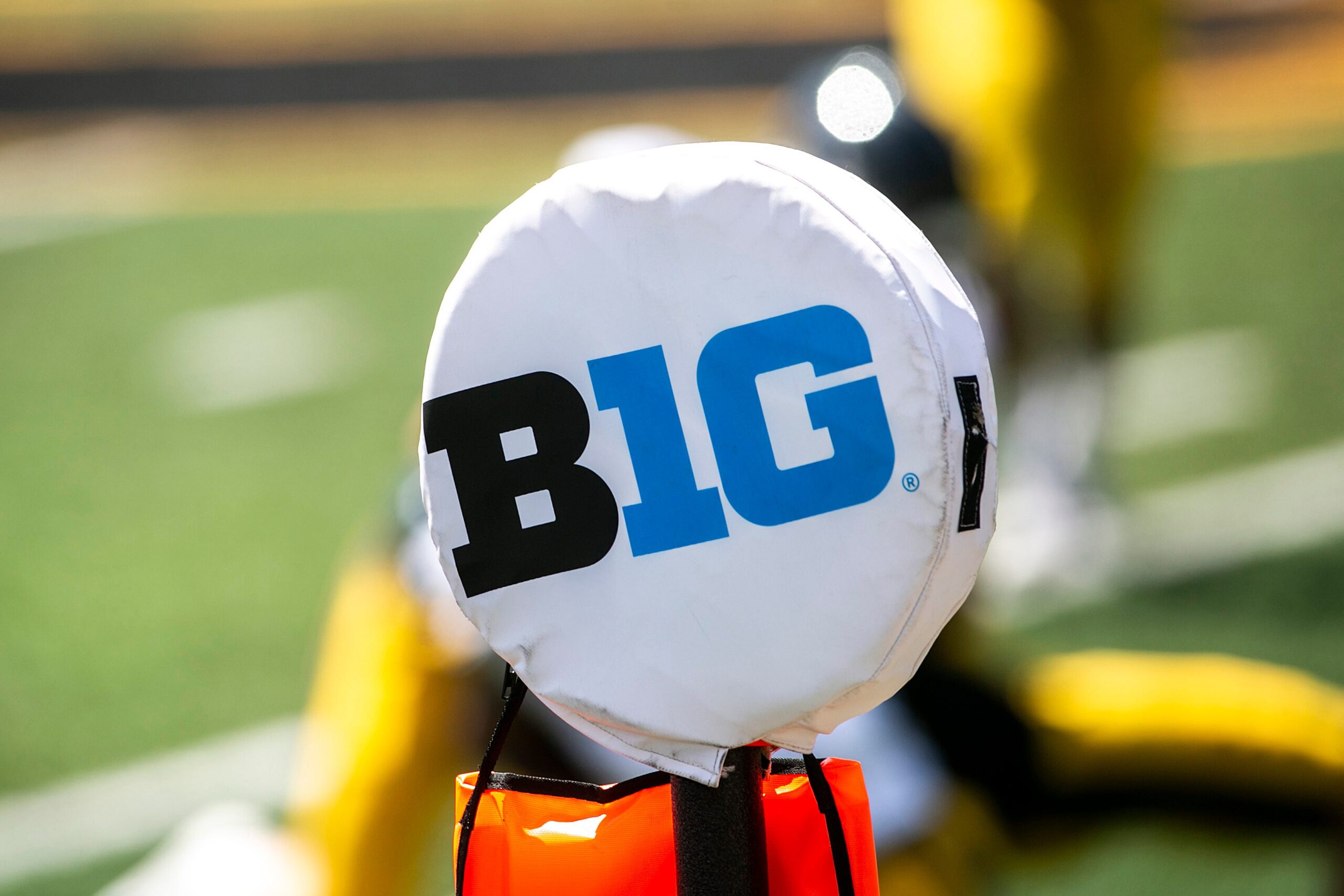
#4 Big Ten reunion?
One of my favorite James Bond movies is the non-Eon Production of the Sean Connery film Never Say Never Again.
I wouldn’t say never to an Oregon State and Washington State reunion with their Pac-12 rivals of Southern California, UCLA, Oregon, and Washington, but I would say it is extremely slim.
In my mind, for this to even happen, the following would have to occur:
- Pac-2/Mountain West merger fails to happen.
- Oregon State and Washington State are able to nurse the Pac-12 assets they now have long enough to weather the storm until such a day happens.
- Oregon State and Washington State would need to be seen as commodities that are desirable additions to the Big Ten.
- The tone of the TV industry that controls these decisions determines changes tack toward a marketing strategy that puts a premium on regional inventory and can monetize as well on a Civil War/Apple Cup game as it does on The Game.
- If the conference feels it can split amongst each smaller piece because they feel from an athletics and academic perspective, the value added is greater.
I don’t want to say these bullet points are impossible, but I feel they are unlikely to happen.
